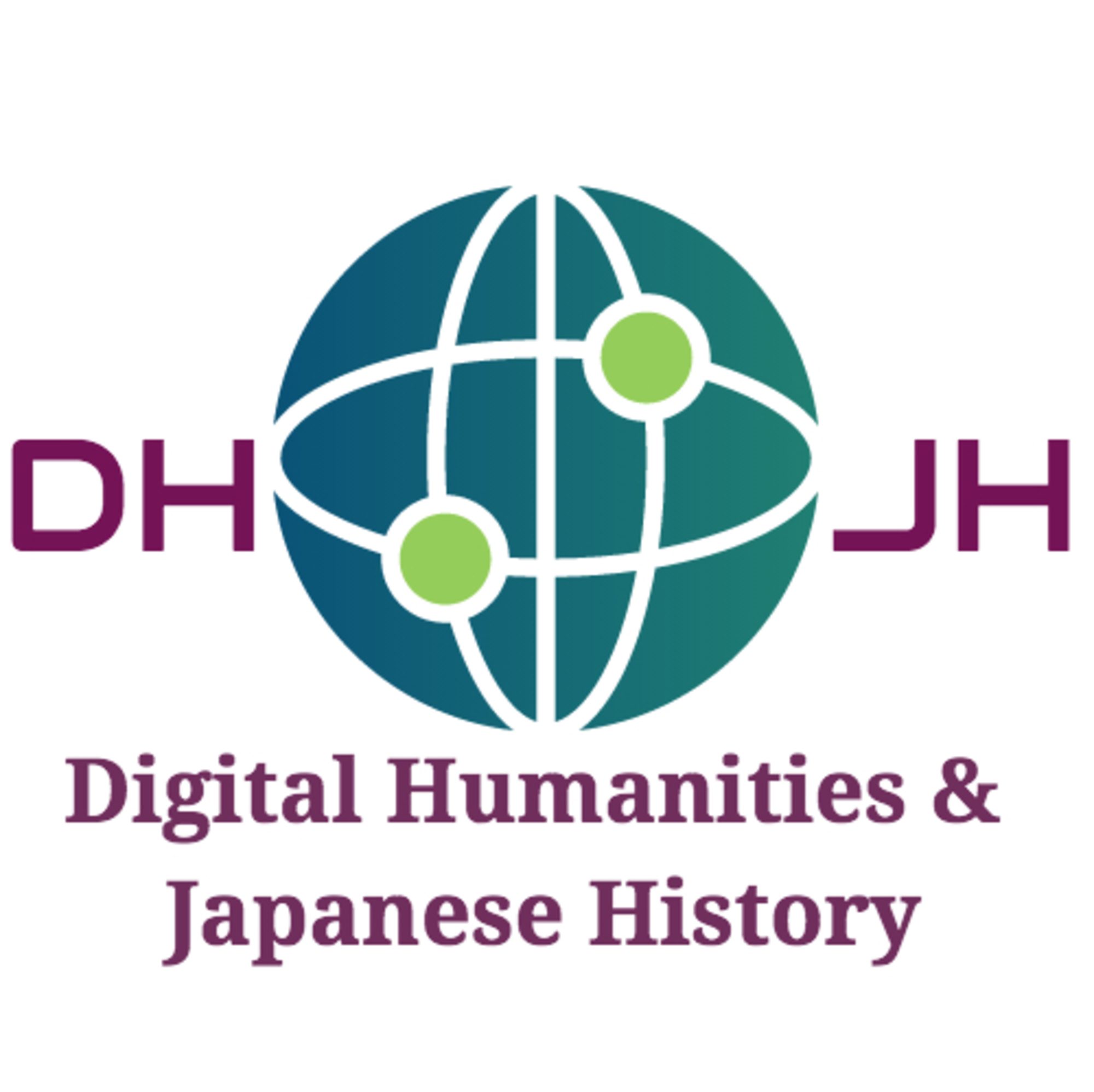About
This page is part of the educational innovations at Sophia University and the Faculty of Liberal Arts. Funded throughout the academic years of 2018-2020 “Digital Humanities and Japanese History: New Approaches to Teaching History” consisted of a collaborative and creative approach to history while maintaining rigorous academic standards. The interactive classroom activities promote student engagement to increase, improve, and complicate critical thinking skills.
Digital Humanities (DH)
(DH, an interdisciplinary field that uses digital technology and quantitative methods to further research in humanities), offers a range of tools depending on the goals one means to achieve. Due to this open-ended method, DH can be adapted to any classroom situation and course objective. It is therefore the project’s goal to introduce the potential to many professors from different fields.

Teaching Resource
The innovation project DH and Japanese History will practice a more collaborative and creative approach to history while maintaining rigorous academic standards. The results of the project will introduce professors of other disciplines to this approach by offering workshops, in which a guide to using the database project as a learning device in the classroom will be explained and demonstrated with hands-on activities.
Academic Tool
Resources used will include a wide variety of primary documents in both small and large collections from Sophia University (for instance Kirishitan Bunko) and around the country (NDL, 国文研, to cite only a few), many of which have yet to appear in scholarly publications. The result of the students’ assignments will remain in the database (open access) and thus available for use by researchers and fellow classmates.
The potential of DH is to take the lead in energizing and guiding the development in the humanities. This can be seen for instance in the field of history with the greatest effect of DH is spatial and visual. DH allows historians to collect and input data into a growing number of programs to visualize change over time and space—thus radically changing how we understand certain events. Besides offering a visual and spatial understanding, DH also helps instructors and students alike to learn new skills

